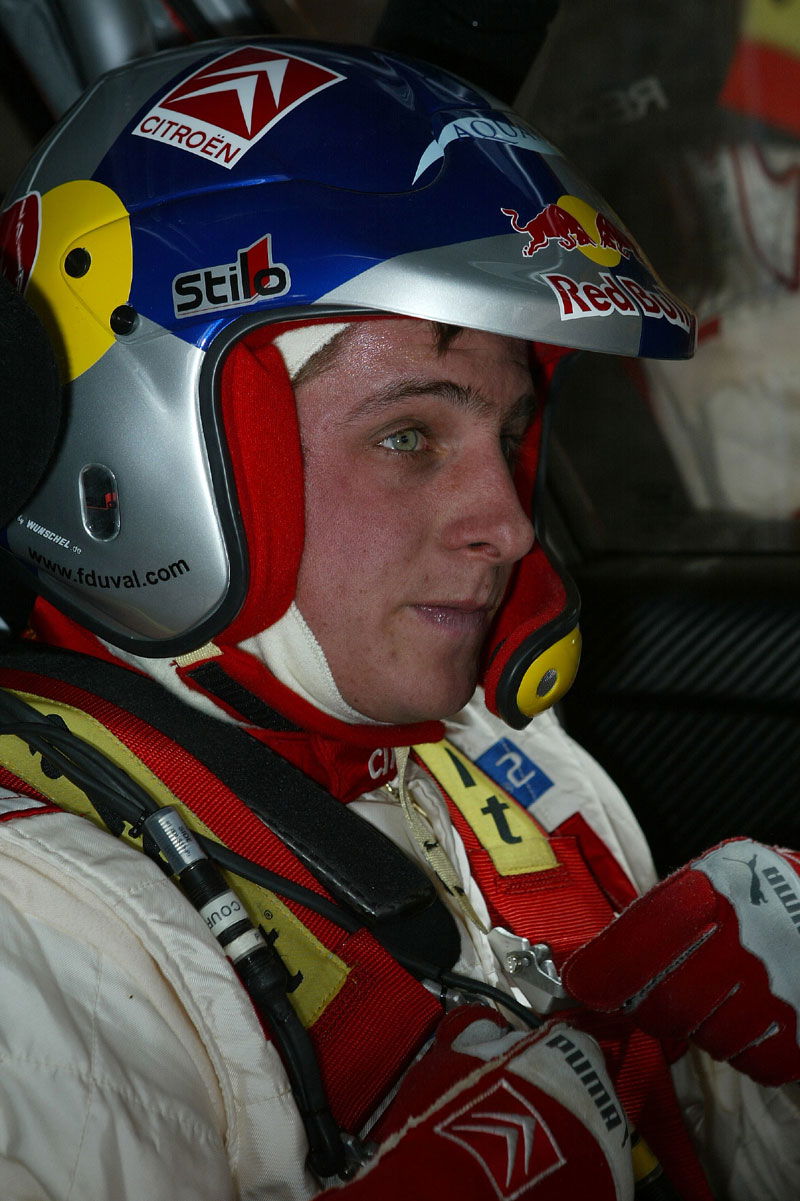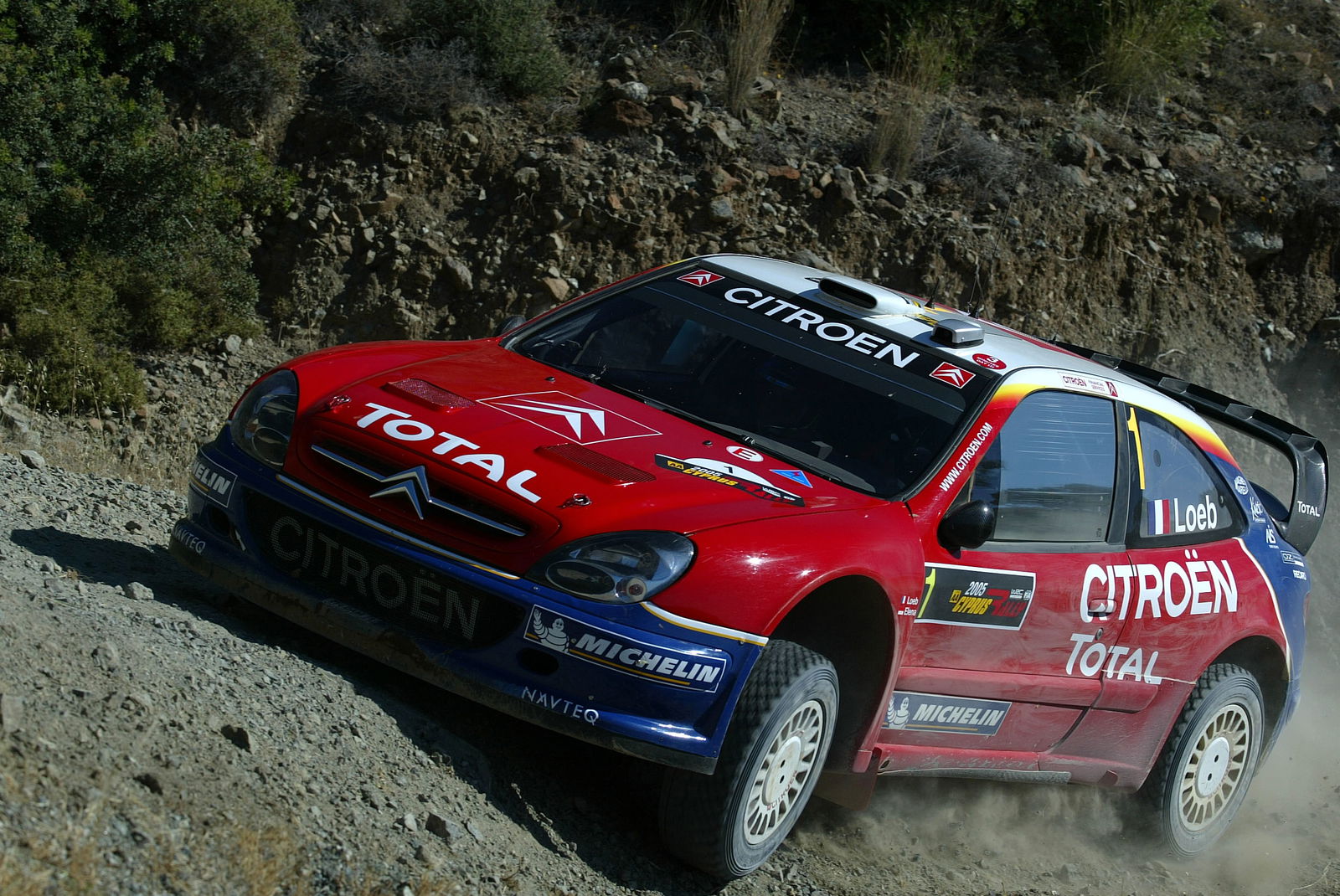Q&A: Marcus Gronholm`s engineer.
The WRC travels from Cyprus to Turkey next weekend and as the sport's tour of the Mediterranean's hotspots continues, Marcus Gronholm's rally engineer Francois-Xavier Demaison explains how Peugeot combat the effects of the searing heat, which crews invariably encountered during these events and which can be as demanding on them as it is on their cars.
Q:
Francois-Xavier. In addition to the high number of vents featured on the rally cars, what else is it possible for you to do to keep the mechanicals cool during the hotter events?

The WRC travels from Cyprus to Turkey next weekend and as the sport's tour of the Mediterranean's hotspots continues, Marcus Gronholm's rally engineer Francois-Xavier Demaison explains how Peugeot combat the effects of the searing heat, which crews invariably encountered during these events and which can be as demanding on them as it is on their cars.
Q:
Francois-Xavier. In addition to the high number of vents featured on the rally cars, what else is it possible for you to do to keep the mechanicals cool during the hotter events?
Francois-Xavier Demaison:
Today's WRC cars, and more especially their turbocharged engines, have a fundamental need for a great deal of air. That's why the 307 WRC, like its rivals, features a number of openings at the front as 'standard'. This is especially important when we go to the hotter rallies because the regulations do not allow us to make other openings in the bodywork. The only modification permitted is the incorporation of additional air intakes in the rear-view mirrors. These enable us to complement the familiar roof vents to cool the cabin of the car and to take some of the heat off the crews.
Q:
Is that all they have to combat the heat?
F-XD:
No, we also place reflective film over the side windows to minimise the impact of the sun's rays and we have equipped the 307 WRCs with a small air conditioner which the crews essentially use during road sections from one stage to another. Basic items of equipment such as drinks bottles are also bigger than usual. The same goes for the mechanicals. For example, we fit bigger capacity radiators for the engine and we naturally use bigger cooling fans. We also use different specification fluids for the lubrication and hydraulics. Last but not least, we run with a little extra power steering cooling.
Q:
How easy is it to house all these bigger components under the bonnet?
F-XD:
The 206 WRC taught us a great deal as far as optimising the available space under the bonnet is concerned. Our experience with the former car meant that we didn't have too much trouble with the 307 WRC which also gives us more freedom. The choice of the size of the components you use is more difficult upstream because a significant proportion of the technical solutions that allow you to combat heat necessarily penalise performance. The bigger the cooling components you run, the more you tap into the power that is available to make the car go forward. Bigger parts also have an effect on weight distribution. It is therefore a case of looking for the best compromise. This season, especially with the new regulation that forces us to cover two rallies with the same engine, the accent is more frequently on reliability.
Q:
To what extent does heat sap engine power?
F-XD:
It is vital that water temperatures remain within acceptable limits for the engine to function in ideal conditions without sustaining damage. In very hot weather, we begin by reducing turbo boost and the engine's electronic mapping is then programmed to adjust boost as a function of temperature fluctuations en route.
Q:
Do the electronics suffer?
F-XD:
As far as electronics are concerned, we tend to encounter fewer problems than some of our rivals. It's true that they don't like heat, so we try to ventilate them a little better when that is possible. But more than anything else, when designing the 307 WRC, we made a point of avoiding placing sensors in closed-in places where they could overheat. That's not always possible because you also need to take weight distribution into account and you have to make sure they are located in a position where they can do their job properly. All this has to be built in from the outset because you cannot simply move everything around under the bonnet afterwards from one rally to the next.
Q:
Does heat influence the performance of the brakes and shock absorbers?
F-XD:
In Cyprus, the brakes don't get a chance to cool down that much because of the low average speeds. But at the same time, since the car is being driven more slowly, the drivers make fewer demands of their brakes. For the faster events such as Turkey and Greece, the cooling ducts do their job when it comes to dissipating the heat. On both types of event, the cooling matches the needs. As far as the shock absorbers go, we can channel air to cool the remote reservoirs if necessary but even that's not always the case. More than ambient temperature, it's the frequency and strength of the knocks they have to soak up that can cause the shock absorbers to get hot on this type of rally. Thankfully, the in-house developed dampers we use have good durability whether the weather is hot or not.

